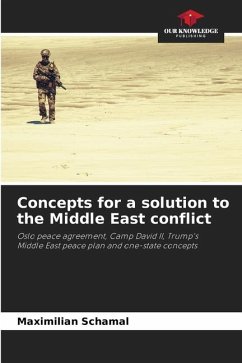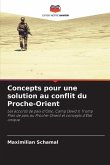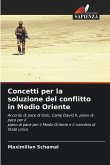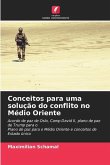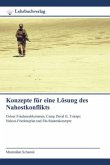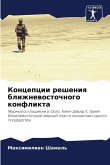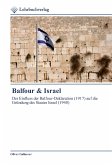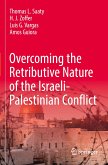The Middle East conflict between the Israelis and the Palestinians has been going on for several decades. A solution to the conflict appears to be hopeless. For this reason , it isparticularly important to analyze possible solutions to the conflict and to point out open questions as well as existing and solved problems.This paper looks at potential solutions to the Middle East conflict - one-state and two-state solutions. While the two-state solution has been considered the most important approach to resolving the conflict for many decades , the binational one-state solution is currently gainingin relevance .The Oslo Accords, the Camp David peace plan and Donald Trump'sDonald Trump's Middle East plan, three approaches based on the two-state solution are analyzed.In addition, Omri Boehm's approach, currently the most important concept of the binational one-state solution, is analyzed.of the binational one-state solution. The followingresearch questions: What are the central problems with the approach ofone-state and two-state solution and does a solution to the Middle East conflict on the basis ofrealistic on the basis of these approaches?

